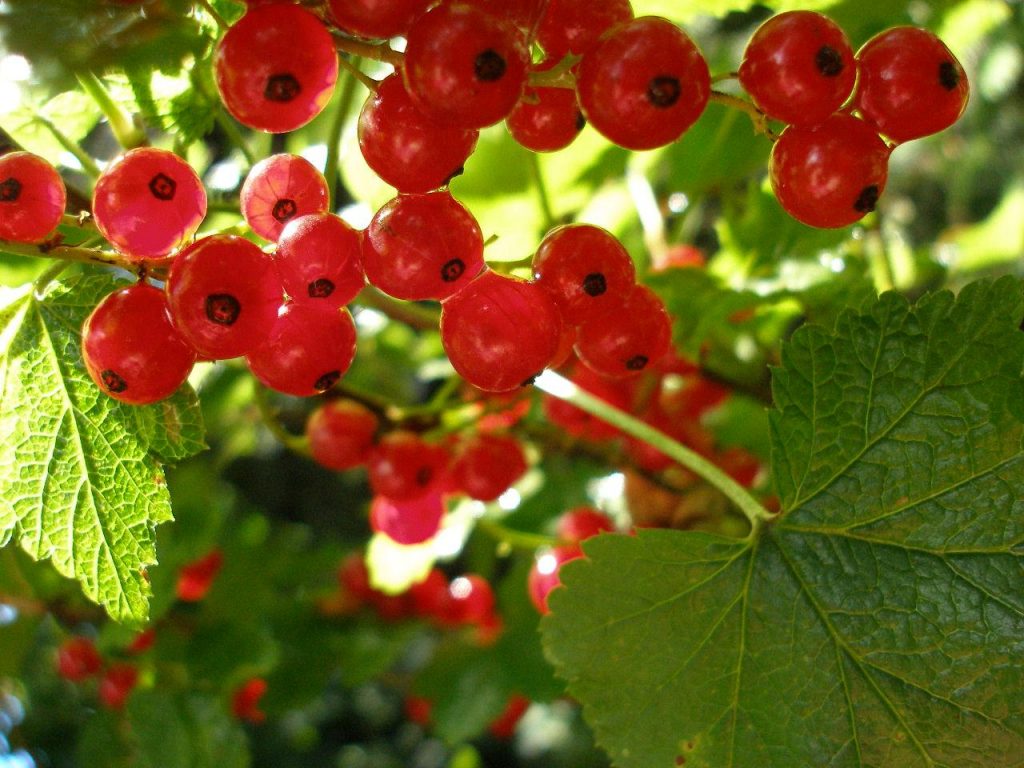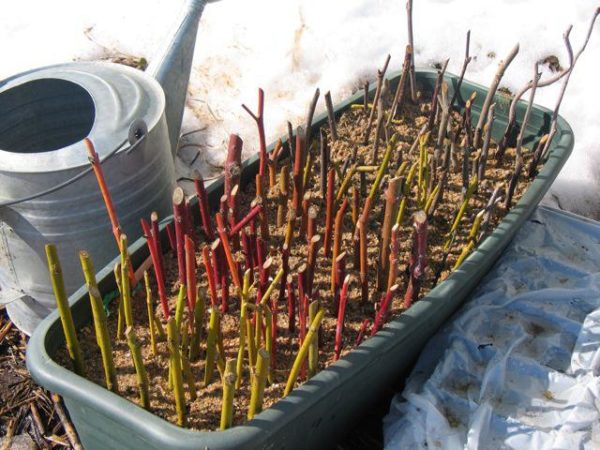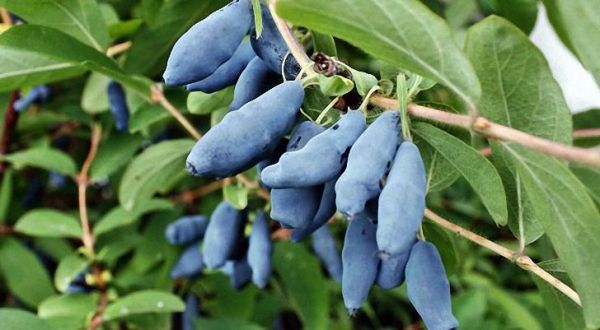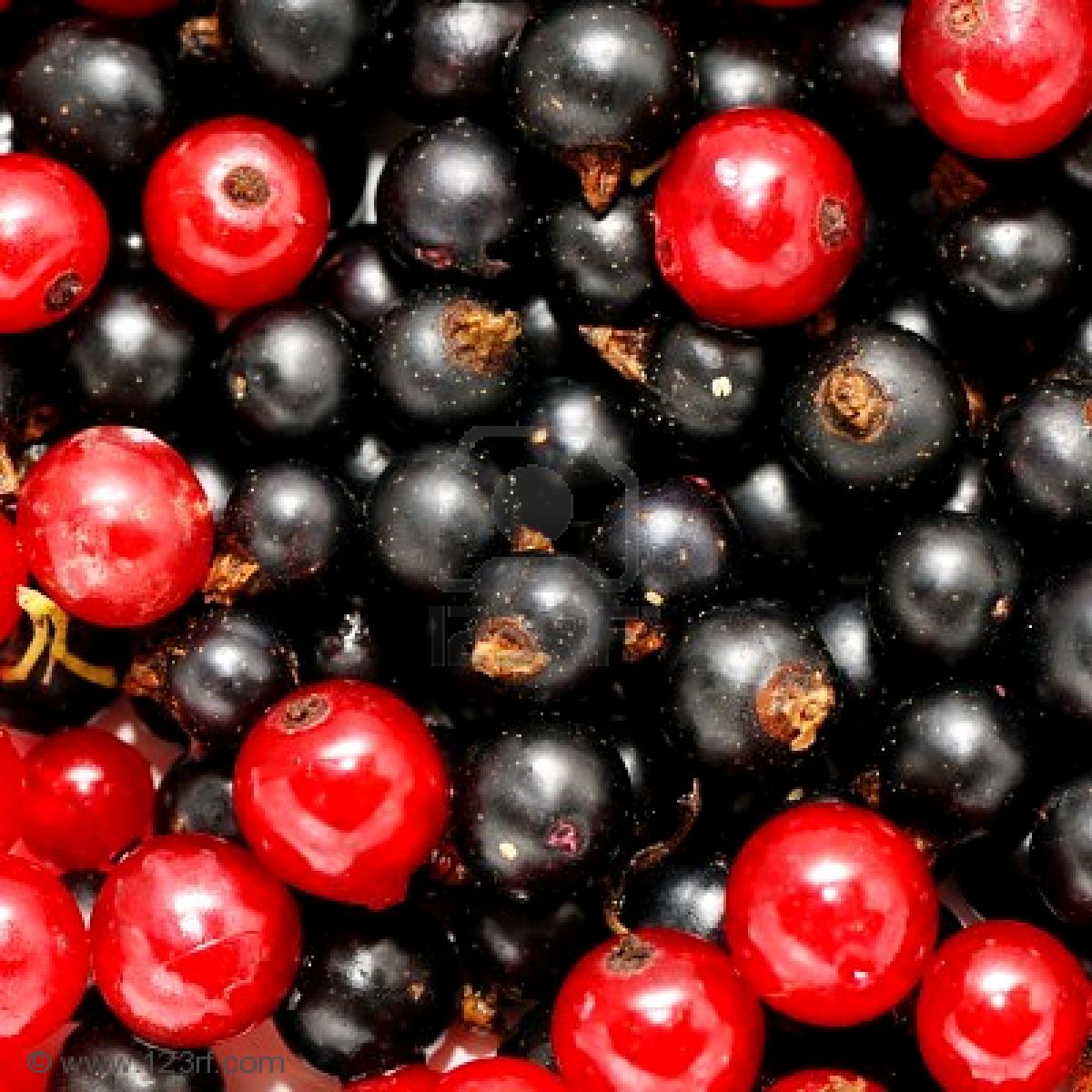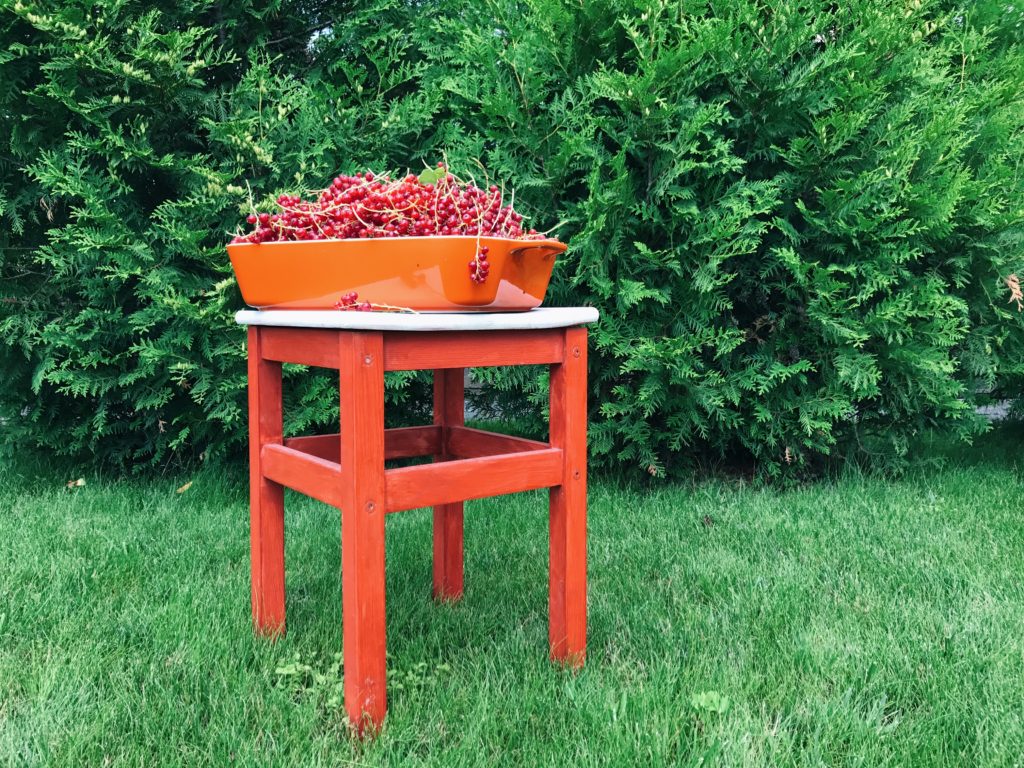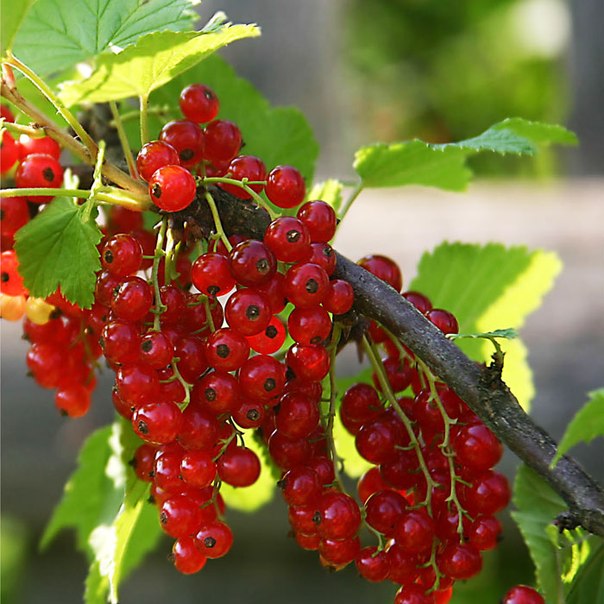Content:
Today, a rare amateur gardener does not grow on his site such a well-known berry as red currant. It tastes good and is very useful both when consumed directly from the bush (that is, fresh), and as sweet jams prepared for the winter. In terms of collection, this crop is one of the most productive, bearing fruit continuously for about 12-15 years.
But all the benefits of a berry plant are useless without proper care, which includes watering the bushes and feeding them. Also important is the question of how you can propagate red currants in order to significantly extend the period of its fruiting in garden beds.
Although it is quite easy to purchase a ready-made currant bush today, many connoisseurs of garden berries prefer to breed them on their own. In addition to how red currants reproduce in garden conditions, they are also concerned about the problem of choosing the best time for planting it. To answer it, we propose to consider the known approaches to the cultivation of this culture, which are most often used by amateur gardeners.
Breeding methods for red currants
The study of methods for breeding currant plants showed that this can be done in the following common ways:
- Planting seedlings;
- By simply dividing the bush (vegetative method);
- Breeding layering (horizontal and vertical);
- Using conventional cuttings.
The first of them belongs to the classics of agricultural technology, but takes too much time and effort from those who decided to try it out in practice. When considering the second method, two of its following implementation options should be distinguished: by direct division of the bush or by layering. Despite the fact that they are somewhat simpler than the already mentioned planting of seedlings, they will also have to be tinkered with thoroughly before growing a healthy fruiting bush.
When considering the last of these options (cuttings), it should be noted that it is optimal for the cultivation of red currants in the garden. In order to be convinced of this, it is enough to pay attention to the universality of this process, the time of which can be chosen not only in autumn or spring, but also in the summer period.
In their opinion, grafting red currants in autumn is also beneficial because at this time the starting material almost does not lose moisture, which guarantees better growth of the roots of young shoots.
On the other hand, in this case, the likelihood increases that the still immature sprouts may simply not have enough nutrients for this, so that with the onset of spring they may die. Therefore, from the point of view of the cost of effort and the expected results, the easiest to execute is the second of these approaches, which involves the propagation of red currants by cuttings in spring. Its advantages include:
- Simplicity and availability of implementation;
- The ability to obtain unlimited quantities of planting material (without much harm to its "donor");
- Good growing conditions for cuttings planted in the spring.
This breeding option, in turn, has a number of modifications; the most famous of them are planting with woody cuttings and the method in which a green seedling is used. They differ in the choice of the source material (in one case, cuttings are taken, and in the other, green twigs), as well as in the procedure for caring for already planted layers.
The question of choosing the time for the preparation of planting material has its own characteristics, determined by a specific variety of a given plant species. For black currants, the best time for picking cuttings is the very end of September or the beginning of October. This period is assigned only when one important condition is met - good weather.
Redcurrant cuttings can be cooked from late August to mid September. Such famous varieties as golden and white berries are bred only with spring cuttings.
The order of selection of cuttings
Before you properly propagate red currants by cuttings in the spring, you should first familiarize yourself with a number of recommendations for their selection and preparation for planting. To do this, you need to adhere to the rules below:
- First, there should be no signs of any damage on the pre-selected material;
- Secondly, it is necessary to provide that as many inflorescences as possible can be set on the selected samples;
- And, thirdly, if the source material for cuttings is collected in the fall (usually it is harvested from bushes cut to the ground), then the longest blanks should be selected, about 6-8 mm thick;
- Further, the leaves are removed from the cut, and it itself is divided into parts, about 19-20 cm long, provided that 5-6 buds are preserved on each of them (they are needed to form the roots of the future plant);
- When they are selected, the cut is made at an angle of 60 degrees in the area located one centimeter below the kidney;
- Then the cuttings are placed in water.
Aging in a humid environment before planting is necessary for the successful formation of roots that tie under the buds. Immediately after their appearance, you can proceed to planting cuttings in the ground.
The time for this procedure is determined by the climatic characteristics of the region. For those who are engaged in the cultivation of currants, while living in the southern regions of Russia, planting cuttings in the ground can be tied to the beginning of October (up to 10 numbers).
Procedure and methods of disembarkation
The preparation of cuttings for final planting can be carried out in several ways, also depending on the climate in the area. In the case of the location of the garden plot in the middle latitudes, the layering is first transferred to a previously prepared capacious container stored within the apartment or house. Home conditions contribute to better preservation of the material in preparation for the spring (final) planting.
In the southern regions, direct planting of cuttings into the soil in the fall is practiced, the procedure for which is as follows:
- After the site for future bushes has been selected, the ground in this place should be carefully dug up and cleaned of weeds;
- Further, it will need to be fertilized with humus, compost or, in their absence, with peat;
- The currant plant prefers soils that are not very acidic in composition, so if they are too acidic, they should be mixed with chalk, ash or lime;
- After making all the necessary additives, the earth is dug to the depth of the bayonet of the garden shovel, and then watered abundantly;
- Following this, a longitudinal groove is prepared on the site, about 15 cm deep (for better moisture retention, its walls are made flat), after which the cuttings themselves are placed in them;
- For better survival, the cuttings should be placed in the ground at a slight slope away from neighboring sprouts of the order of 20-30 cm (do not forget to leave 2-3 buds outside).
Upon completion of all these operations, the soil near the cuttings is compacted, and then spilled again. In order to prevent moisture evaporation, it is recommended to mix the earth with humus (mulch), so that a layer of mixture of about 3-5 cm is formed.
The final (spring) planting of red currant seedlings is carried out in pre-prepared and well-lit areas of the terrain with a light sandy loam or loamy soil composition. Since this plant belongs to moisture-loving crops, it should, if possible, be grown in lowlands or near artificial reservoirs. In the process of planting, already formed currant bushes should be located at a distance of at least 1.5 meters from one another.
Care of planted cuttings
In the final part of the review, we note that caring for cuttings already planted in the place of permanent growth is reduced to a number of standard procedures typical for most cultivated plants. When they are carried out, green cuttings, for example, are systematically tempered, after which it will be possible to remove a protective film cover from them.
During the first 2-3 weeks, young seedlings need regular spraying to keep the moisture in the soil and air normal. It is also important to monitor temperature readings during the period when roots are forming in the sprouts. At this time, it should be at least 25 degrees during the day, and 16 degrees at night.
15-20 days after planting the seedlings, the number of watering should be reduced and at the same time proceed to the application of fertilizers to the soil. But first it is necessary to remove from their roots the dead leaves of weeds growing near the currant bushes. In a particularly hot summer, they should, if possible, be sheltered from the scorching sun rays, preventing the air temperature from rising to 30 degrees Celsius.
